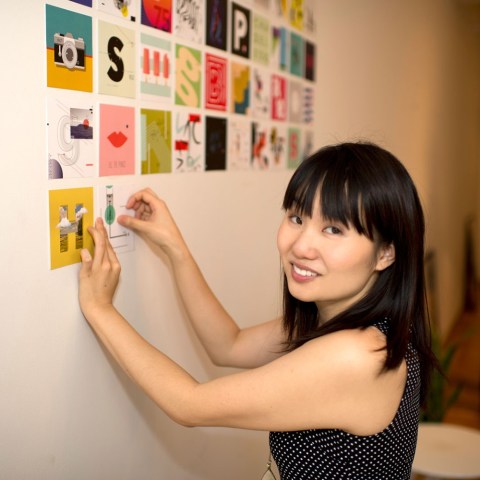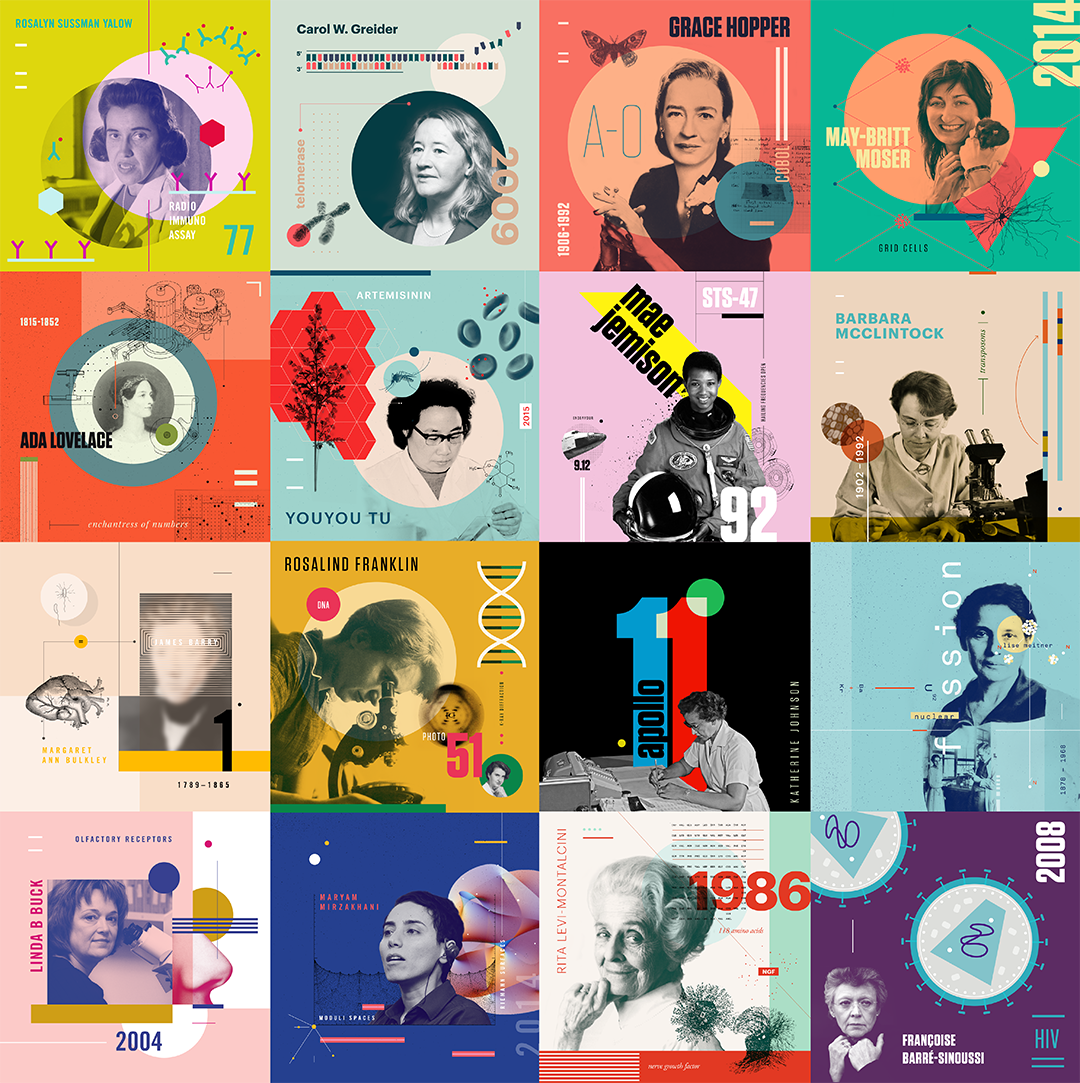By Agnes Constante
NBC News Asian America, March 20, 2017 —
While conducting research on Alzheimer’s disease as a student at Columbia University, Amanda Phingbodhipakkiya had an epiphany: she realized that the majority of scientists have a problem communicating the importance of the work they do.
“As a scientist I really wasn’t equipped to do that, and I set out to understand how do we communicate what we’re studying and why it’s important to the general public,” the 28-year-old told NBC News.

Amanda Phingbodhipakkiya created Beyond Curie to highlight the accomplishments women have mad in the STEM field. (Chris Bowman)
That realization helped her decide to transition from neuroscience to design. As a designer, her goal is to form a bridge between the science community and the public, she said, and to “increase empathy on both sides.”
To work toward that goal, Phingbodhipakkiya started a project called “Beyond Curie” earlier this year to grow recognition of female scientists. The first phase of the project is a series of posters that highlights 32 women in science, technology, engineering, and mathematics (STEM). Sixteen of them have won the Nobel Prize in physics, chemistry, or medicine or physiology, while the other 16 have made notable contributions to their respective fields.
“I think a lot of times science seems really cold. Scientists are people too. Science is very human”
“I wanted to celebrate this rich history of women kicking ass in STEM fields, and really just to show our world was built by brilliant women — not just men — of all backgrounds and to inspire the next generation of young women to go into STEM fields,” she said.
One of the scientists featured in Beyond Curie is Youyou Tu, a Chinese pharmacologist who derived a medicine used to treat malaria called artemisinin from a Chinese medicinal plant known as sweet wormwood. Tu won the 2015 Nobel Prize in Medicine for the discovery.
“When most other scientists gave up on it, she found the key to extracting the compound in a millennium-old Chinese recipe that she just randomly came across,” Phingbodhipakkiya said. “But I think the coolest part is she first tested the compound on herself to see if it would work. That’s just next-level belief in your work to have that kind of courage to test it on yourself first.”

Amanda Phingbodhipak @Alonglastname. Today let’s honor the badass ladies who have revolutionized science and changed the world! #InternationalWomensDay http://beyondcurie.com/
Phingbodhipakkiya said it’s important for young women to know about the female scientists featured in Beyond Curie so that they have role models to look up to.
“I certainly felt when I was younger that there was a need to see these women, to see that they were strong and smart, and that despite all odds they could persevere,” she said.
Phingbodhipakkiya launched a crowdfunding campaign in late January in late January for the project with a goal of raising $1,000. In total, it has received more than $32,000 in contributions.
“I wanted to celebrate this rich history of women kicking ass in STEM fields, and really just to show our world was built by brilliant women — not just men”
“[The] response to Beyond Curie on Kickstarter and on social media … has made me hopeful that we are moving towards a more curious and empathetic world. It seems like now there is more room for and reception to stories that have been previously buried,” she said.
The project is an extension of an initiative called “The Leading Strand,” which Phingbodhipakkiya founded while she was a TED resident in 2016. It highlights breakthroughs in science by pairing scientists and designers to co-create compelling and digestible visuals.

Katherine Johnson – Katherine Johnson (one of the three black female mathematicians portrayed in the film Hidden Figures) made calculations for NASA that were instrumental to America’s first manned spaceflight in 1960, the orbital mission of John Glenn in 1962, and the Apollo 11 lunar mission in 1969.
In the near future, Phingbodhipakkiya is planning to make Beyond Curie posters available for purchase online. The project’s website currently offers six free posters for download for the Women’s March for Science on April 22. She’s also planning to put up Beyond Curie exhibits at universities around the world. The stories of the 32 women featured in her poster series will be highlighted in a book Phingbodhipakkiya is looking to launch in April.
Another project in the works is a series of collaborative lightning-round events called “Sketches for Science,” a concept developed by The Leading Strand where scientists, designers, and the public co-create visuals related to science.
Phingbodhipakkiya adds that she plans to continue working at the intersection of science and design as long as possible.
“I think a lot of times science seems really cold. Scientists are people too,” she said. “Science is very human and it’s … important to highlight individuals behind scientific breakthroughs, as well as the work itself, so that we can remind ourselves we’re all connected by our curiosity and our pursuit of understanding.”











